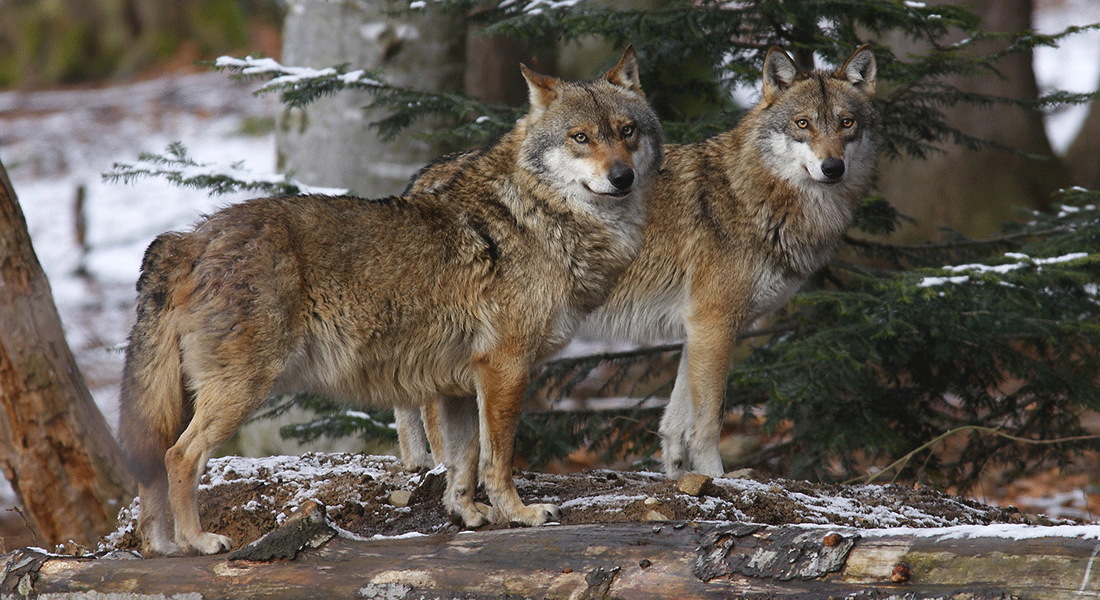
Wolves in Denmark
“Wolves in Denmark” is the official wolf information site of the Natural History Museum of Denmark, University of Copenhagen. At the homepage results of wolf studies conducted by researchers at the museum are shared. In addition, the homepage contains the most comprehensive online resource in Denmark of biological facts about the wolf.
Wolf status for Denmark
In November 2012 a dead grey wolf (Canis lupus) was found in the Thy National Park in Northern Jutland. This was the first firm evidence of wolf in Denmark since 1813, i.e., in 199 years. DNA analyses revealed that the wolf, a male that was subsequently referred to as the “Thy wolf”, was born in a known wolf pack in the Lausitz region of eastern Germany in 2009, making it about 3.5 years old at the time of death. DNA from the Thy wolf had been collected in June 2012 in the North-German state of Schleswig-Holstein bordering Jutland.
Since the Thy wolf, the presence of three additional male wolves in Jutland has been proved through DNA evidence. One of these was a younger brother of the Thy wolf, having the same mother but a different father. The DNA of the other two new males has also been found in Schleswig-Holstein.
In February 2017 the Natural History Museum of Aarhus and Aarhus University published a press release regarding a video recording as well as camera-trap photos strongly indicating the presence of a wolf couple in Western Jutland.
The wolves arriving in Jutland are young, solitary individuals conducting what is known as a long-distance dispersal. A radio-collared one-year-old German male wolf covered 1,550 km during 47 days of dispersal and ended up in Belarus. The wolves arriving in Jutland from Eastern Germany have conducted a dispersal of about 700-800 km.
Wolves are regularly camera trapped in Jutland, but the quality of the photos has not been adequate to allow individual recognition. Potential wolf scats as well as saliva samples from dead deer and livestock possibly killed by wolf are collected by volunteers and professionals and DNA analysis is currently conducted at the Senckenberg Research Institute in Germany and the Natural History Museum of Denmark.
Wolves in Denmark: What to expect
Based on the rich scientific literature on wolves in Germany and other European countries it is possible to make a number of predictions about how the large carnivore will adapt to the cultivated landscape of Jutland. German wolf researchers have stated that the typical mosaic landscape of Jutland with its large population of roe deer (Capreolus capreolus) as well as good numbers of red deer (Cervus elaphus) and fallow deer (Dama dama) will in all likelihood be a suitable habitat for the adaptable wolf. The majority of the food of the Danish wolves, likely >90%, will consist of wild ungulates, with roe deer being the primary prey species followed by red deer and fallow deer. Although livestock will make up only a small percentage of the diet of the wolves, livestock will be taken from time to time, especially sheep. The average pack size will probably be about eight wolves and territory sizes will likely be around 150-300 km2.
Publications
Næsborg-Nielsen, C. & L.B. Pedersen (2016) Wolf in Denmark – Genetic species identification. Report, Center for GeoGenetics, Natural History Museum of Denmark, University of Copenhagen. Download PDF
